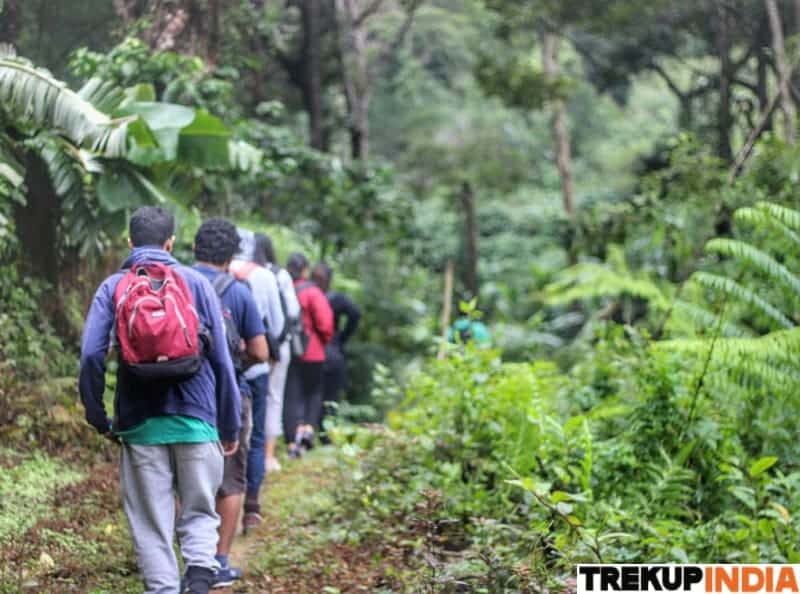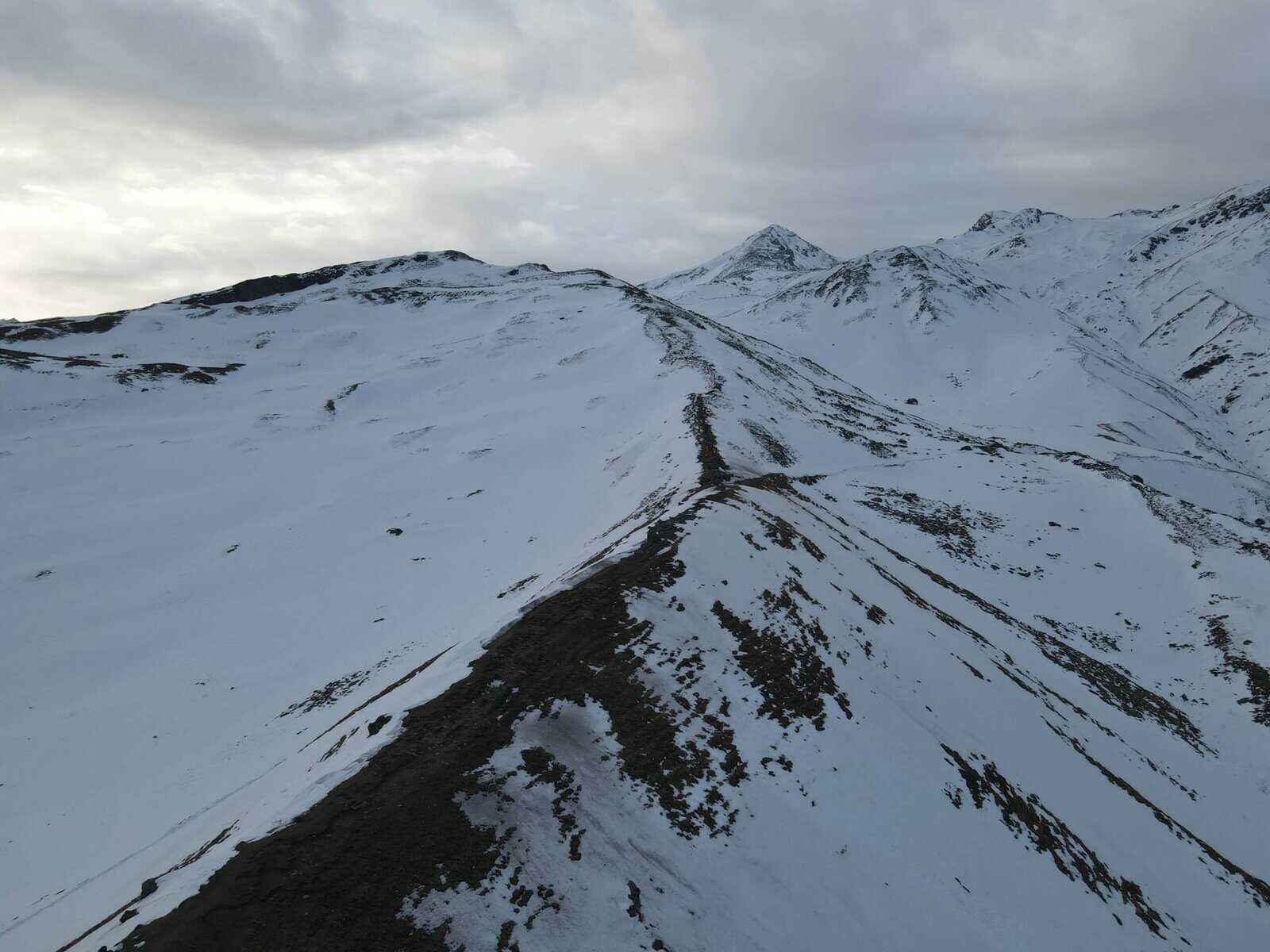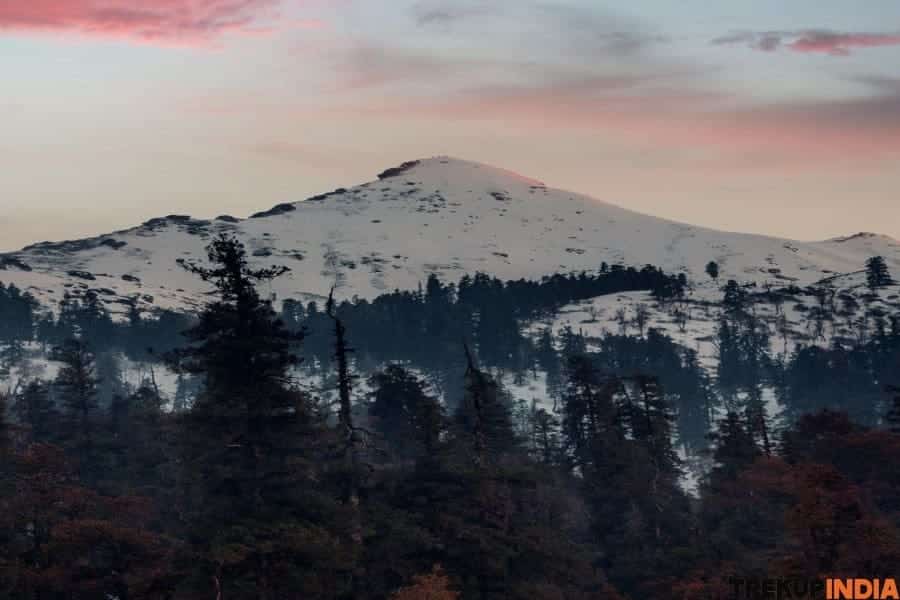Trek Grade
\Difficult
Highest Altitude
11,100 ft
Base Camp
Leh
Best Time
Jan & Feb
Trek Distance
61 Km
Chadar Trek
The Chadar Trek in Ladakh, India, is a legendary and exclusive adventure. It is a thrilling journey reserved for the brave and adventurous during the icy winter months. It offers natural scenery, cultural immersion, and physical challenges. Trekkers navigate the frozen Zanskar River, encountering extraordinary views of Ladakh’s remote and striking landscapes, impressive ice formations, and a rich cultural experience.
The trek begins in Chilling village, following the icy Zanskar River, and is best undertaken in February when the ice stabilizes. The frozen river trek presents a unique and demanding adventure, with temperatures dropping as low as -30°C (-22°F) at night. It’s a challenge that demands caution and thorough preparation for the extreme cold and challenging terrain.
The journey begins at Leh, a mountain town. The only way to get to Leh is via flight, which is surrounded by snow, giving it a completely white appearance. You can see the Himalayan mountain covered in snow during the flight as it lowers towards Leh, which is 11400 feet higher than sea level. Once you reach Leh, you can acclimatize to the high altitude for a day or two before starting the trek. This is important to prevent altitude sickness, a common issue for trekkers in Ladakh. The hike is along the Zanskar River, which freezes during winter. The best time to walk across the ice would be during February. At this time, the ice is likely to be in its most stable condition.
The Frozen River Trek begins in Chilling, a small town, from where the Zanskar River starts to freeze. The ice can be equally dangerous and safe at different times. It’s essential to understand how to navigate safely through the unstable sheet and be aware of the conditions beneath your feet. The ice is typically safe when it’s thick and solid, but can be treacherous when it’s thin or has cracks. Trekkers may choose to stay in caves along the banks as locals do or build tents in the most solid areas. The temperature is around 30 degrees below freezing, decreasing even more after sunset. Warm and layered clothing is highly recommended for those constantly moving as often as possible. They help keep the body warm, prevent sores from cold, and keep cold blood cells from freezing.
Icy Terrain: Participants will traverse a unique frozen landscape while walking on the Chadar or frozen river surface.
Nerak Waterfall: This stunning location along the Chadar Trek features an ice cascade created by the cold weather in the Zanskar area.
Tibb Cave: Located along the Chadar Trek, this natural overhang offers shelter from harsh weather conditions, allowing trekkers to take a break, get cosy, and cook meals.
Trek Cost
Fix Departure Dates
Chadar Trek Videos
Videos by experts watch these videos to prepare well for a Successful Trek

Want To Trek Like Pro?
Basically, watch these videos if you want to trek the same way professional trekkers do and make your skills better. These videos contain useful tips and techniques to further improve your trekking skills itself. These videos actually help both new and experienced trekkers improve their trekking skills. These videos definitely provide useful tips that make your trek better. We are seeing that these videos by Trekup India experts will only help you make your trekking skills better.
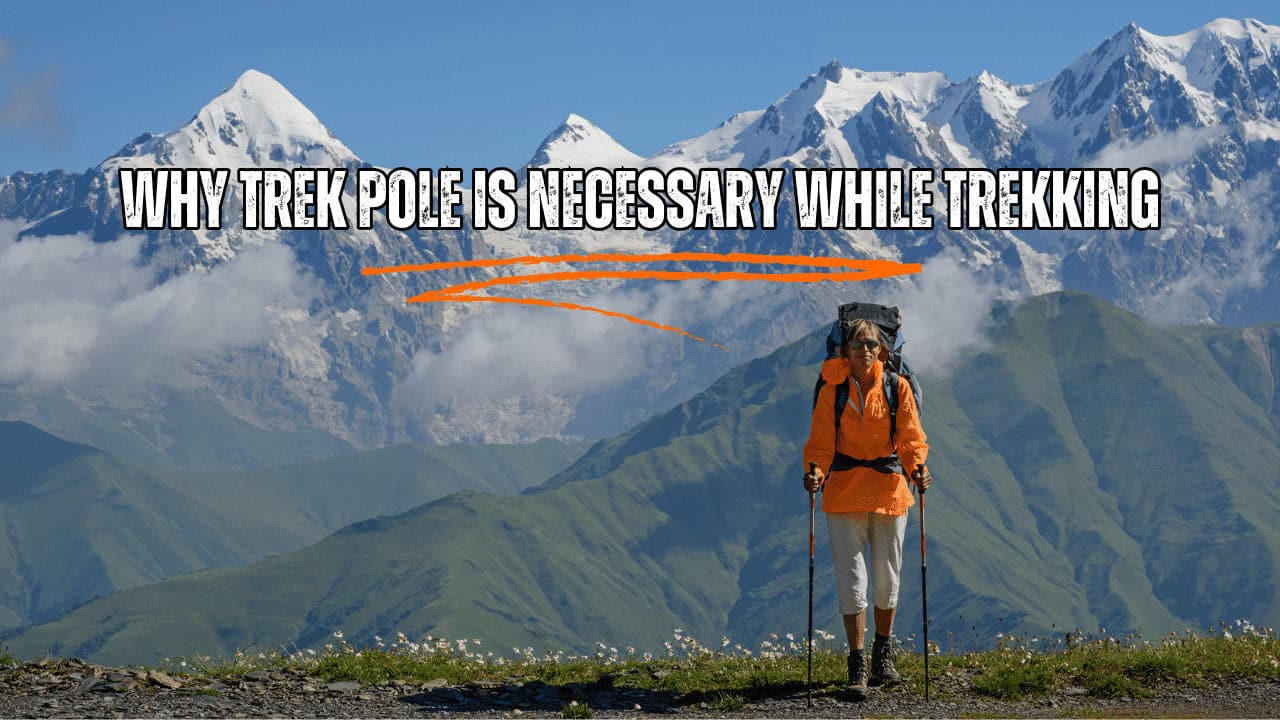
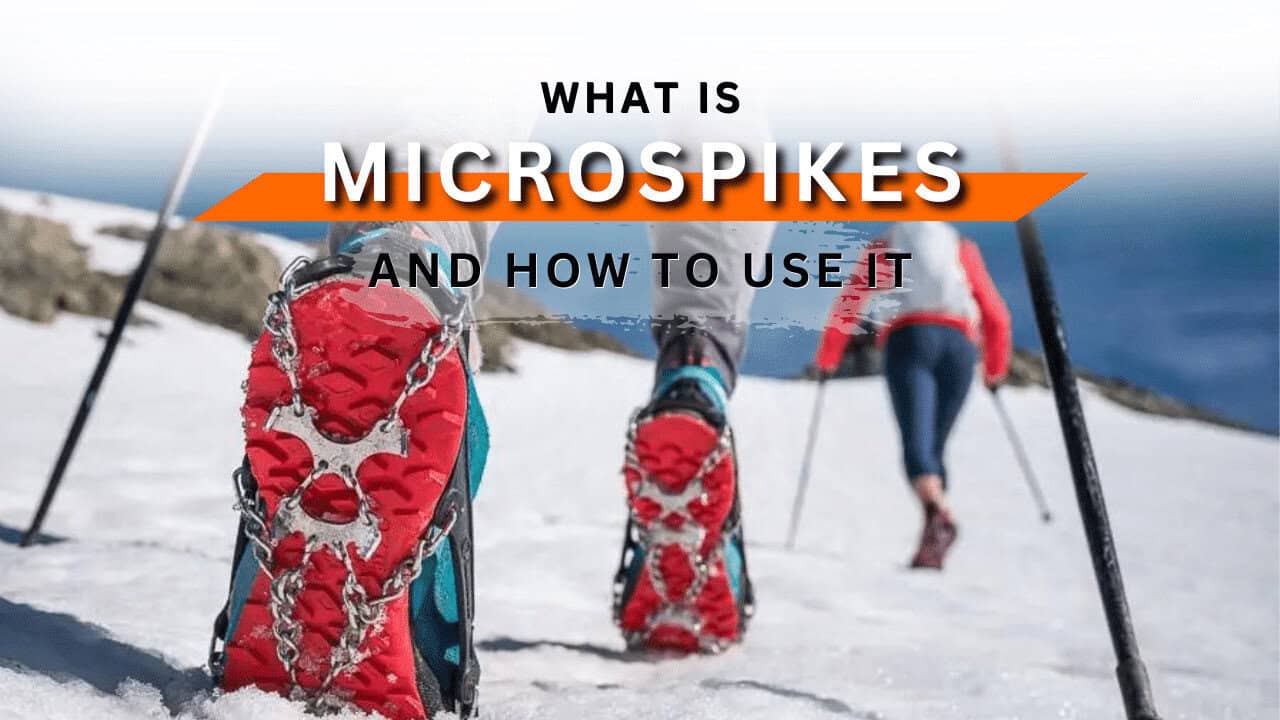
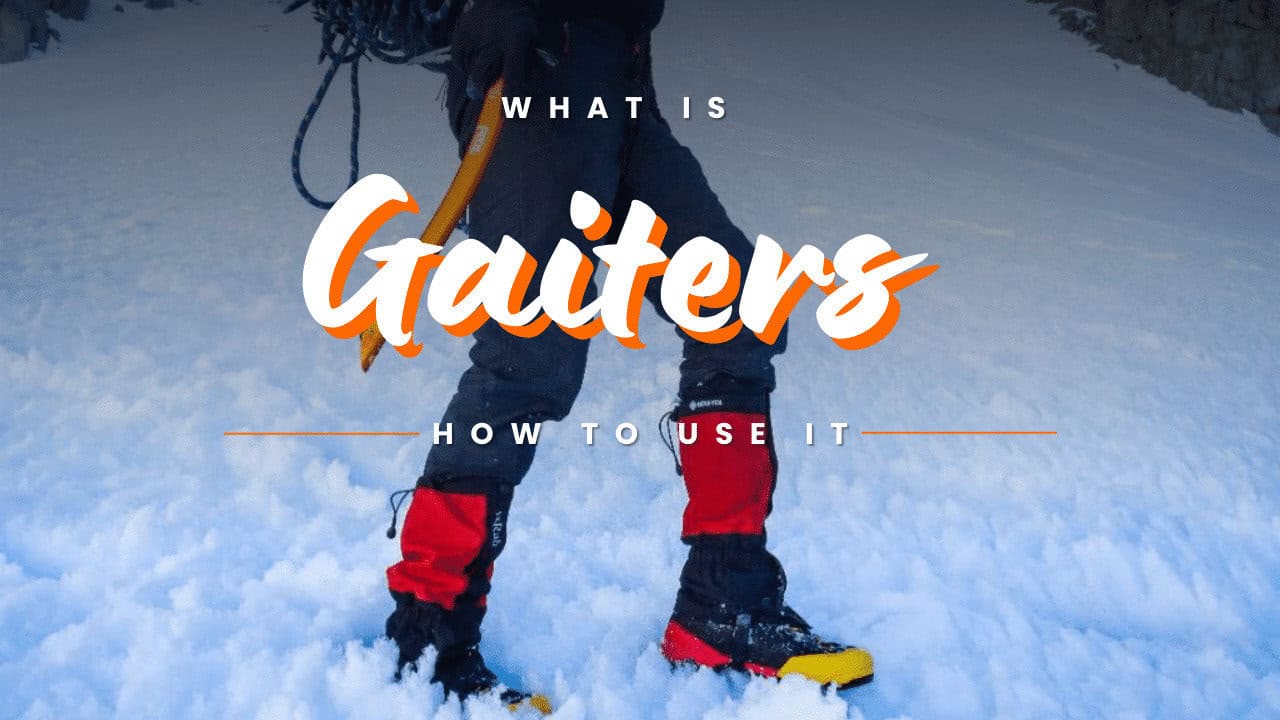
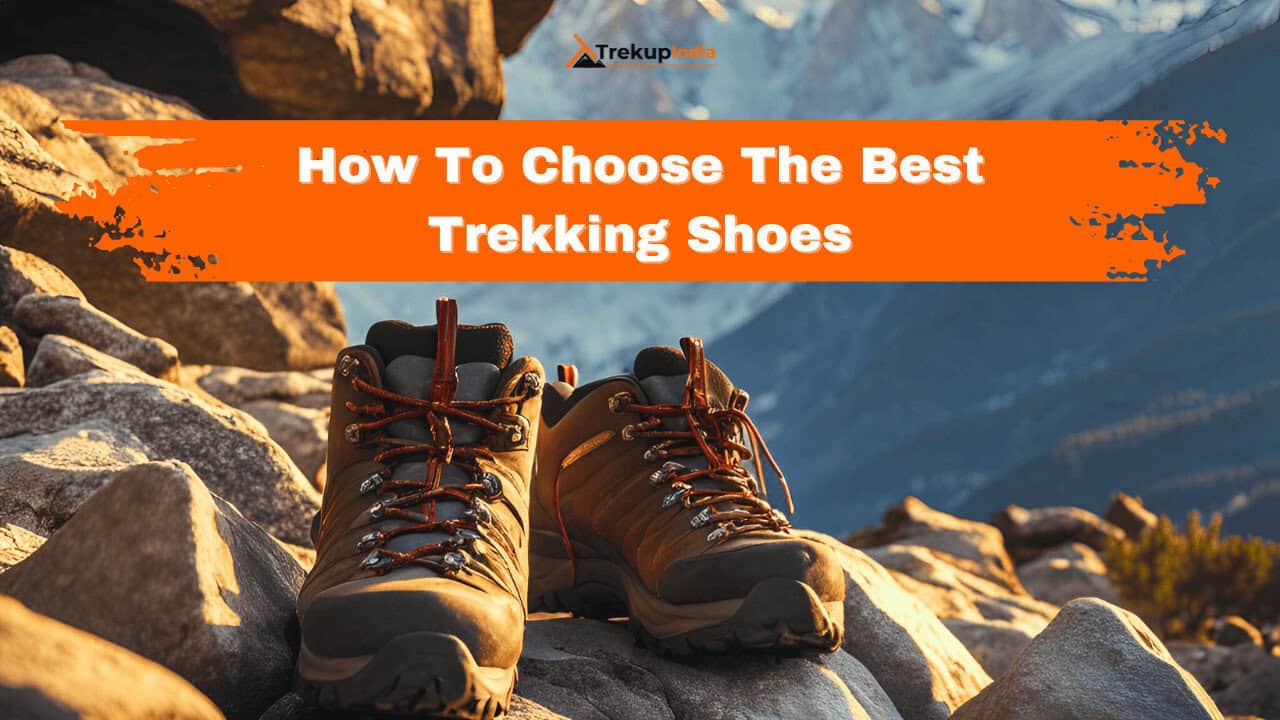
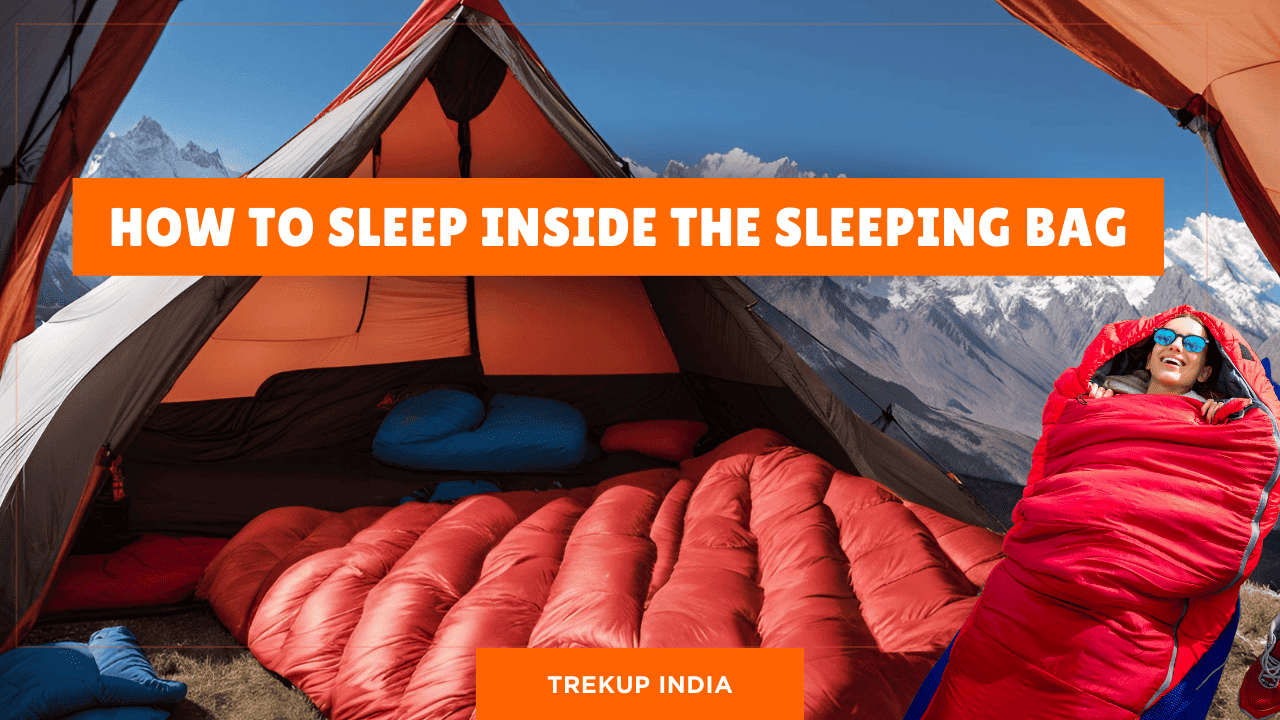
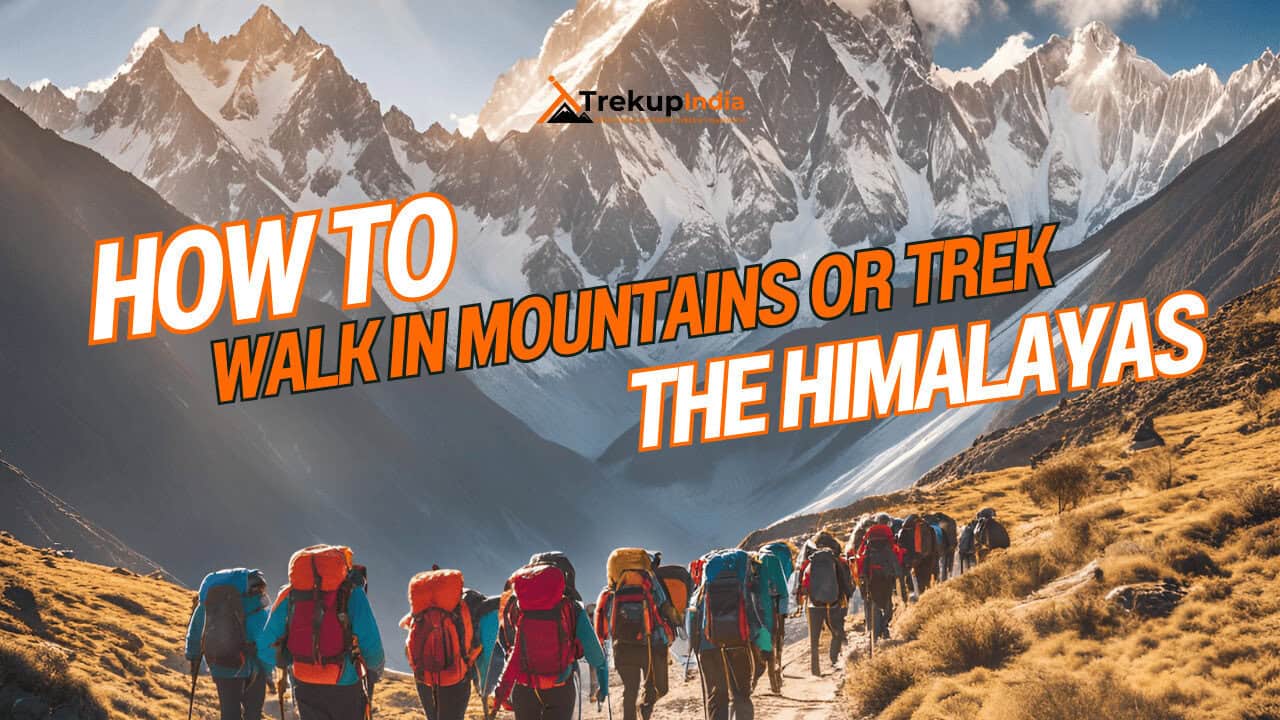
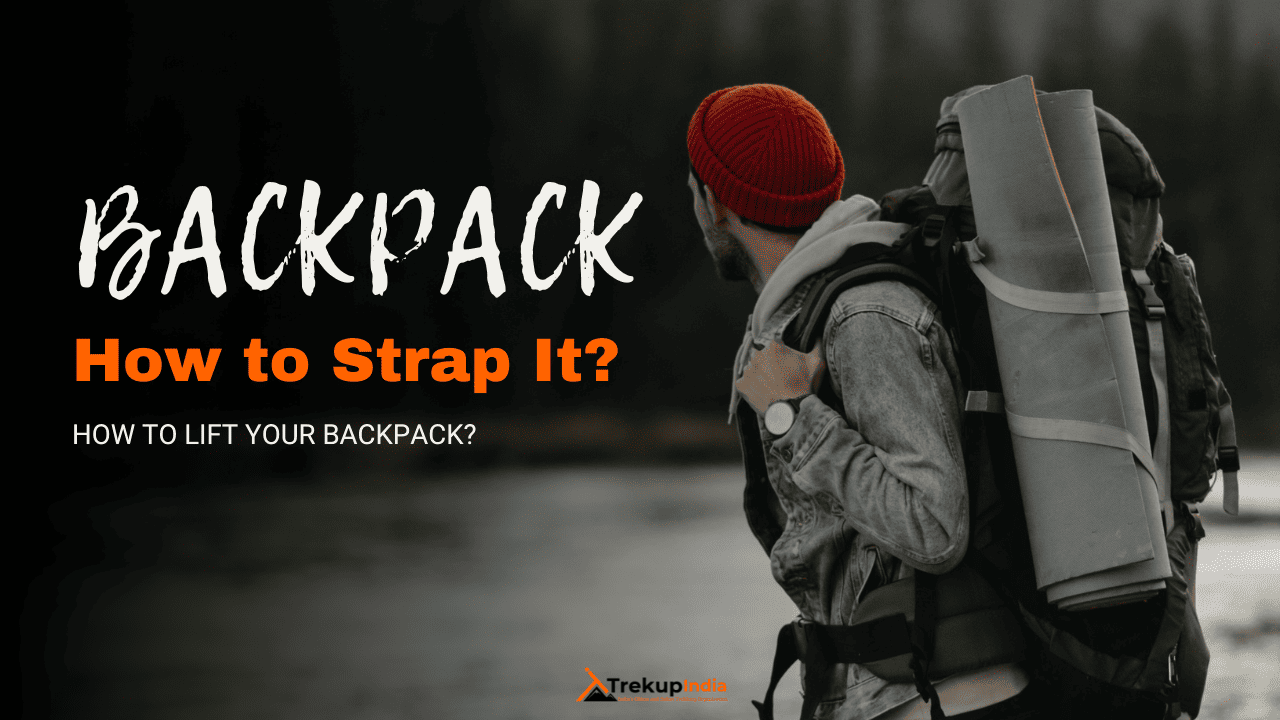
Know Everything About Acute Mountain Sickness
Acute Mountain Sickness occurs when people trek to high altitudes above 8,000 feet. This condition itself develops further due to reduced oxygen levels at such heights. Basically, as you go higher up, the air pressure and oxygen levels decrease, which causes the same problem. Acute Mountain Sickness surely causes headache, nausea, vomiting, and dizziness in affected persons. Moreover, peoples also experience difficulty in sleeping during this condition. To avoid mountain sickness, you should actually trek up slowly to higher altitudes. To learn further about this condition itself, watch the videos by Trekup India.
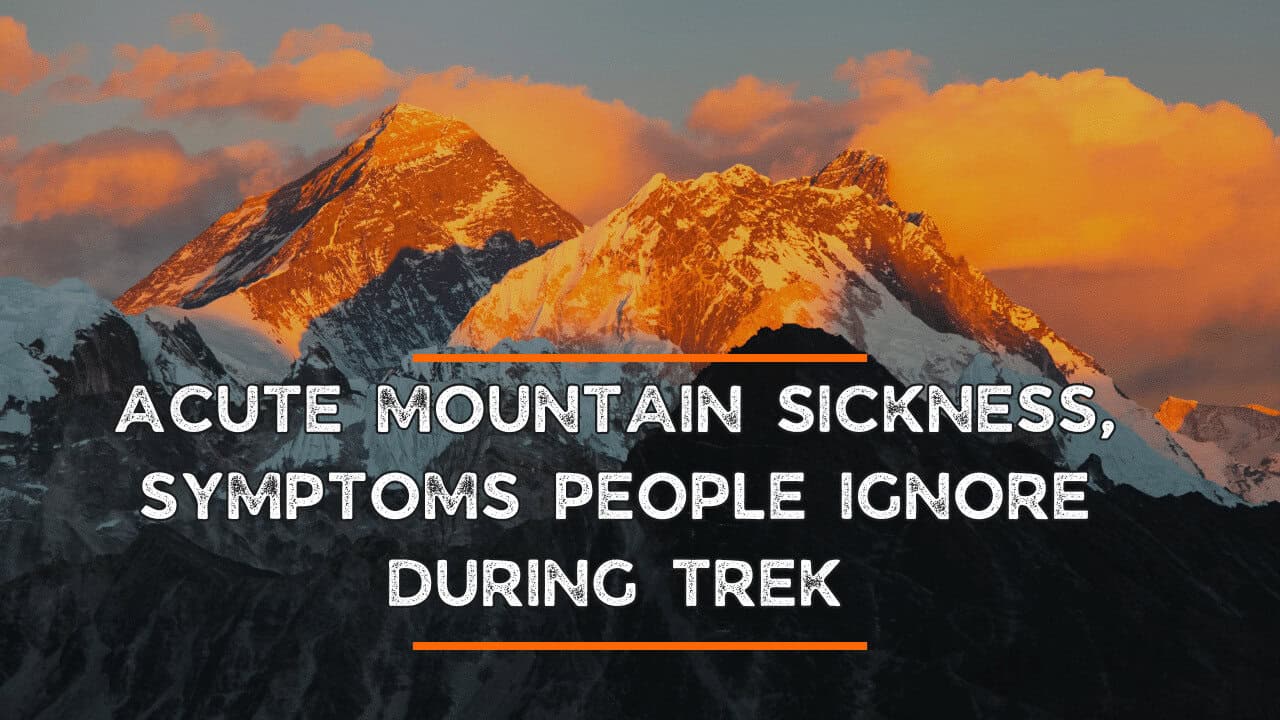
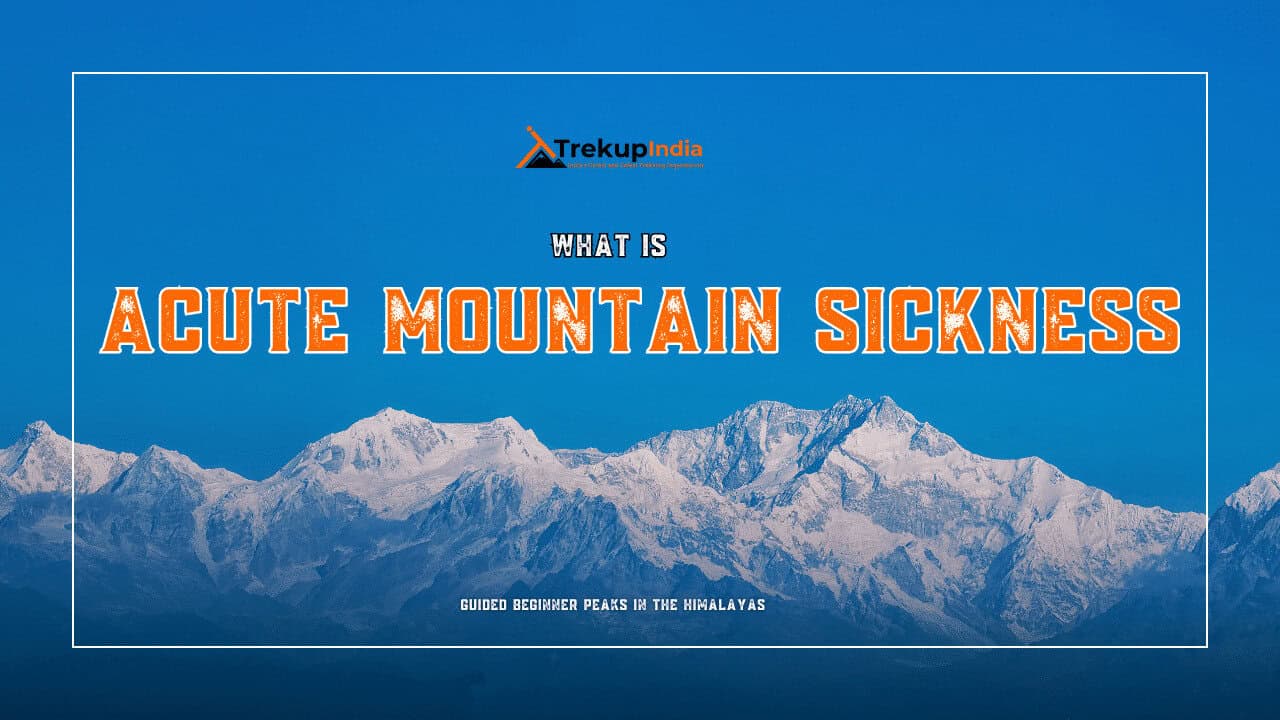
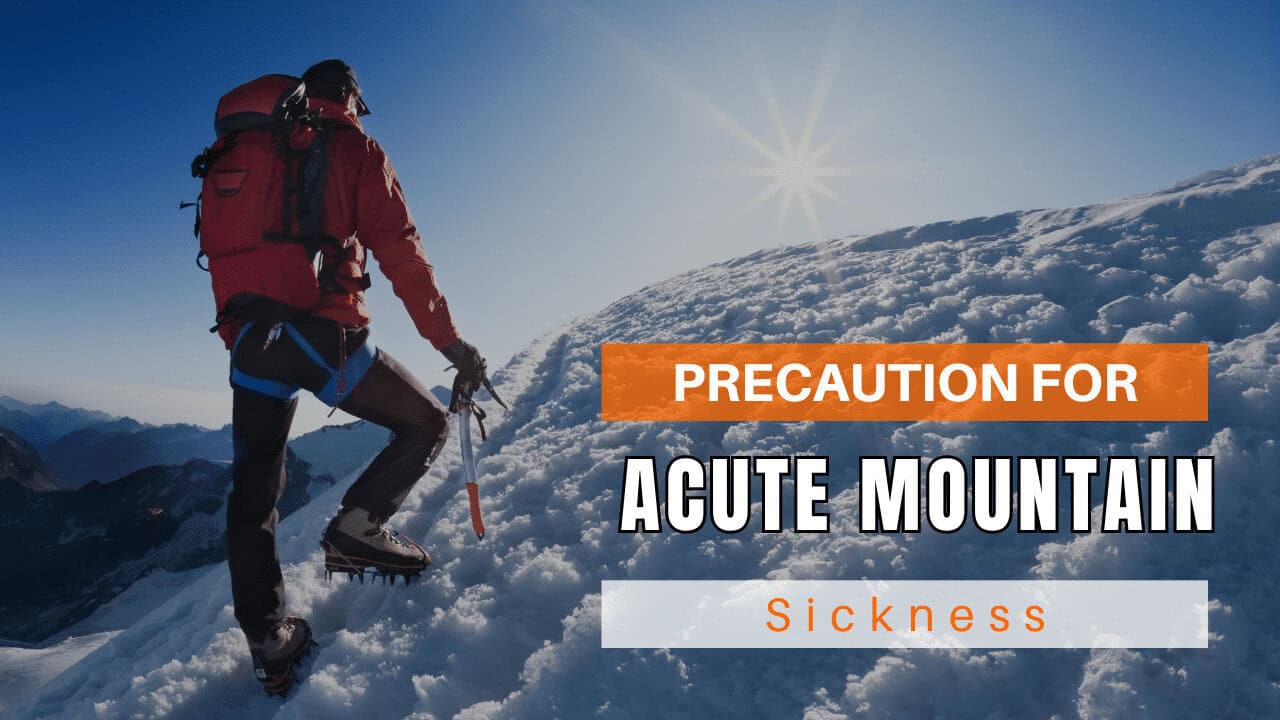
Day Wise Detailed Itinerary of Chadar Trek
Day 01 Arrival in Leh 11480 Feet (3500 Mtrs)
- Overnight stay in Guest House
- No Meals
Today morning on your own board the flight to Leh, enjoying the magnificent Himalayan view from the aircraft (probably you should book your seat on left of aircraft for best views). On arrival at Bakula Rinpoche Airport in Leh; meet and received by our company representative and drive you to the booked guest house in Leh. On reaching the guest house check into the Guest House for freshens up. Rest of the day at leisure for acclimatizing your body to the altitude.
Day 02: Full day for Acclimatization in Leh (Rest/ Mild walk)
- Overnight stay in Guest House
- No Meals
Wake to fresh new morning, today the full day will be for acclimatization as per the guidelines and regulations applied by Ladakh Government Authorities, this acclimatization is mandatory for all the trekkers going for Chadar. The trekker should at least spend one day in Leh to get their body used to of the weather conditions and every trekker is requested to strictly follow the same. In the afternoon or evening hours one can choose to stroll around in the local Leh market and spend some time in shopping and preparing for your Expedition. It’s important that your body gets used to the cold temperature of the region, this will help your physical to be stronger as the next coming days will be much colder and temperature will keep Deeping.
Day 03: In Leh (Get Medical, Insurance, Wildlife Permit and ALTOA NOC).
- Overnight stay in Guest House
- No Meals
Today is preparation day; basically, it’s a day we introduce you to our expertise guide along with locals to give you a brief about the trek. So that you are mentally as well physically prepare for every situation; along with it we provide medical check-up to make sure whether you are fit for the trek or not. For this you should start exercising at least a month prior your trek, daily walking / running of 8-10 Kms will build your stamina and make you fitter for the expedition. After the briefing and medical checkup, go for self-exploration and local sightseeing this would be better idea to get habitual with temperature but only in the daytime, you need to come back to Guest house before sunset. Please make sure to keep away from Alcohol and smoking in order to pass your physical fitness and to complete the trek (Trek up India recommends all to quit smoking and Alcohol)
Day 04: Leh to Shingra Koma (10300 Feet) by Drive and to Tsomo Paldar (10500 Feet) by Trek
- Drive Distance: 75 Kms
- Drive Duration: 3-4 Hrs
- Trek Distance: 3 Kms
- Trek Duration: 2 Hrs
- Overnight stay in Trekking Tents
- Meals: Lunch & Dinner
Finally the day has come, need to steps out of your comfortable and cozy shelter and proceed towards Cristal white Chadar will be waiting for you to take away on it. The drive will be most scenic as your drive through Gurudwara Pathar Shaib, Magetic Hill, Hall of Fame etc. confluence of Zanskar and Indus river is mind blowing, this are some of the place where you might halt for some time and take some great memories in form of pictures. Shingra Koma is the place until where our vehicle will drop you till the end of the road, from where your Chadar Trek starts, initially you will see thin layer of Chadar hence mind your steps, walking with gumboots on Chadar may be challenging in the beginning, understanding the ice pattern might be difficult, however soon you will learn all from our guide and locals, you will start leaning about the walking pattern, realize where the ice is fragile and where trustworthy, so be careful. The nature is treating you to it’s best, rest of the time letting your body relax and be prepared for another adventure day.
Day 05: Tsomo Paldar - Tibb Cave (10950 feet) by Trek
- Trek Distance: 14-15 Kms
- Trek Duration: 6-7 Hrs
- Overnight stay in Trekking Tents
- Meals: Breakfast, Lunch & Dinner
Appreciate yourself for making it day 02 of trek with much needed hot bed tea in the early morning, later on after breakfast at the camps we will proceed towards Tibb cave. Here we suggest all Trekup India trekkers to eat well to keep yourself energetic as the day will be the harder than the previous one and here you walk approx 14-15 kms. The good things about the Chadar trek are that it does not quickly increase the altitude, slowly but gradually. Through gulches of Zanskar will seem more beautiful and adventurous. While heading towards our camp site there are some good eyes catching waterfalls, as per the locals there are lots of myths of the same, as these water falls are sources still unknown and it certainly reminds you about Disney cartoons from childhood. Crossing up the frozen waterfall, you cannot miss the chance to show your photography talent here and it will compliment your talent perfectly. Butter tea, also known as Po cha will surprise you with the texture of teapot; we will camp around the Tibb cave.
Day 06 Tibb Cave – Nerak (11100 Feet) by Trek
- Trek Distance: 12-13 Kms
- Trek Duration: 6-7 Hrs
- Overnight stay in TrekkingTents
- Meals: Breakfast, Lunch & Dinner
Hello Trekkers, the most awaited day has come, from previous days trek seeing the smaller frozen water falls, certainly the curiosity will be there about nature masterpiece and the big frozen waterfall, It’s a perfect example of witchcraft of nature where several colors are spreading all around; it’s more like a piece of glass made by nature I would rather say. The 12-13 Kms trek you walked today all struggle that you had is going to vanish in few second in this magical land. Narek will be the coldest of all the campsite the temperature during the night time might deep to -30 Degrees, so be prepared with your warm clothing’s. Rest of the day free for our own activities if you are well in time you might have a chance to make an excursion to Nerak village.
Day 07 Nerak (11100 Feet) -Tibb cave (10950 feet) by Trek
- Trek Distance: 12-13 Kms
- Trek Duration: 5-6 Hrs
- Overnight stay in TrekkingTents
- Meals: Breakfast, Lunch & Dinner
WOW! Narrating this itinerary was like being there on it; imagine when you will be there what a life moment it would be. Today we return from Nerak towards Tibb Cave, we are sure on your way back you might be laughing as you gets the glimpses of nostalgic memory where you had struggle to reach there and some clicks on your mind, you get lots of surprises on your way back you might not see the formation of Chadar through which you walked but the new one has formed, you will be amazed to see how different they appear while returning back. Chadar trek my personal favorite and all adventure lover should witness it once in a lifetime. We are sure you will feel these 8 days the best days of your life you have lived. Evening back to our camps celebrate and enjoy with safety. As it is going to be last day of the camping.
Day 08: Tibb Cave to Shingra Koma by Trek and Drive to Leh
- Drive Distance: 70 Kms
- Drive Duration: 3-4 Hrs
- Trek Distance: 17 Kms
- Trek Duration: 5-6 Hrs
- Overnight stay in the Guest House
- Meals: Breakfast, Lunch
Today it’s going to be a longer day, hence we start early definitely it is not going to be as the first day, you are an Experienced trekker now, so you move with a pace, enjoy the sites enroute all have changed, the Chadar has been melted to thinner layer, the beautiful rocks are now visible, soon we reach the road head get into our cars and drive back to Leh. Evening at leisure free for your own activities and celebration.
Day 09: Return from Leh
- No Accommodation
- Meals: Breakfast, Lunch
Today morning well in time transferred to Leh airport to board your onwards flight back to home.
Chadar Trek Route Map
We’ve prepared a comprehensive Trek Route Map for your upcoming adventure to Chadar Trek, which outlines the entire journey including all stops and trails. This map provides detailed information on the terrain, distance between points of interest, and estimated travel time to help ensure a safe and enjoyable trek. We’ve carefully curated the map to ensure that you have all the necessary information at your fingertips. Please take a moment to review it thoroughly, and don’t hesitate to reach out if you have any questions or concerns.
Chadar Trek Altitude Chart
The Trek Altitude Chart is a useful tool for Trekkers to monitor their altitude changes during their rides, allowing them to plan their routes more efficiently and track their progress over time. This Chadar Trek chart is beneficial for both casual and experienced Trekkers, helping them make the most out of their Trek experience.
Trek Cost Inclusions
- Stay: Accommodation in Leh using Guest houses on triple sharing i.e. on Day 01, 02, 03 & 08. (central heated rooms)
- Meals: Meals (Vegetarian) Day 04 Lunch to Day 08 lunch
- Transport Leh to Leh
- Trek Insurance (Optional): Trekup India recommends that all trekkers consider getting trek insurance. This is optional, but highly recommended. Trek insurance covers unexpected events that may occur during your trek. The cost of the insurance starts from INR 210. Please read more about what is included in the coverage and why it is mandatory on treks.
- Trek Equipment: Sleeping bag, Sleeping tents, Kitchen tent, Dining tent, Toilet Tent.
- Amenities: All utensils, sleeping mattresses (Black foam mats), Crampons, and Gaiters for snow.
- Health & Safety: First Aid Box, Oxygen Cylinders, Stretchers, Oxi meters, BP Machines, health.
- Permits: Forest Permits and Camping Permission Fee
- Trek Crew: High Altitude Chef, Helpers, Trek Leader & Guides, and other support teams.
- Potters & Mules: Potters and Mules are to carry all trekking equipment, ration, and vegetables.
Trek Cost Exclusions
- GST 5% (it is Mandatory)
- Any Meals/accommodation beside the itinerary or not mentioned in the program.
- Any Bus / Airfare to/from trek start/end point
- Personal Medical expenses do carry your medication.
- Any personal services such as Laundry, phone calls, liquors, mineral water, etc.
- Any still / video camera fee
- Any Entrance fee Monuments, Monasteries, Museums, Temples – Pay directly on the spot.
- Mules or porter charges to carry private baggage.
- Consider several fees for the expedition, including a pre-medical check-up, a Rescue Fee for emergencies, and charges for wildlife and environmental protection. A No Objection Certificate (NOC) from ALTOA is required for compliance with local regulations. Additionally, entry fees of 6,000 to 8,000 must be paid directly to authorities upon arrival, supporting area management and conservation efforts.
- Any emergency evacuation charges
- Any services that are not mentioned in the cost inclusion section.
What should you pack for the Chadar Trek
Chadar Trek is a high-altitude trek. The trekking gear you have to have for this particular trek differs from normal treks. Thus, read this whole segment. There is an important question that the trekker who is doing trek asks, like what all things to carry while trekking. Below, we have provided the details on everything you should take; an easy way to remember is by Head to foot or foot to head. We have prepared from Head to foot.
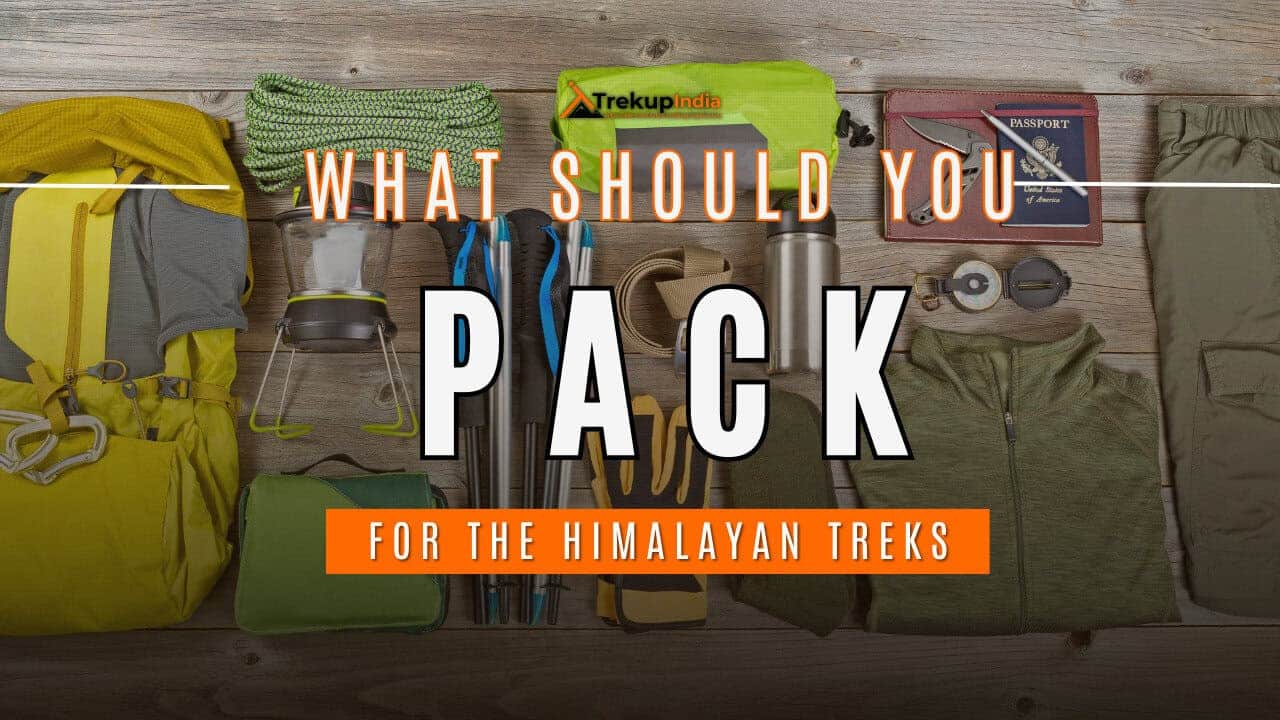
Head Gears
When trekking it's important to carry headgear to protect your head and face.
Heading out for a trek? Don’t forget to carry headgear to protect your beautiful face and head from the sun, wind, and dust! It’s an essential accessory that keeps you safe and comfortable throughout your adventurous journey. So, make sure you pack it before you step out into nature!
- Head Lamps – When trekking at night, headlamps are essential to illuminate your path while keeping your hands free. Headlamps come in different sizes and lumens, so it is essential to choose one that suits your needs.
- Hats or Cap – Caps or hats are also necessary when trekking in different weather conditions. Caps protect your head from the wind and freezing temperatures at night, while hats provide shade and protection from the sun during the day. It’s essential to ensure that your hat has a strap to prevent it from being blown away by the wind.
- Sunglasses – Sunglasses are also essential for trekking. Your sunglasses should protect your eyes from harmful UV rays and fit your face perfectly to avoid falling off while climbing, jumping, or crossing obstacles. The glass of your sunglasses should also be designed for different weather conditions to provide optimal visibility.
- Buff / Balaclava – Lastly, a buff or balaclava is a must-have to protect your mouth or neck from extreme temperatures and keep them warm. Buffs and balaclavas come in different materials, thicknesses, and designs, so it’s important to choose one that suits your needs and preferences. Depending on the weather conditions and your activities, you can wear them as neck warmers, face masks, or headbands.
Clothes
When trekking in high altitudes, prepare for cold weather by wearing layers. Layering traps heat, keeps you warm, and allows you to easily adjust your clothing as temperatures fluctuate.
Layering is important for different seasons when trekking. When planning a high-altitude trek, it is important to prepare for the cold weather. Wearing layers is the best approach as it provides both protection and flexibility when the weather changes frequently in the mountains. Layering helps to trap heat and keep your body warm, while at the same time allowing you to easily adjust your clothing as the temperature fluctuates. By wearing layers, you can enjoy your trek comfortably and stay safe in the unpredictable mountain weather
- For spring, summer, and monsoon treks, consider wearing three layers: a woollen sweater, a fleece, and a padded jacket.
- For autumn treks, add one more fleece layer to make it four layers.
- For winter treks, you may need five layers with thermals, a woollen sweater, two fleeces, and a padded jacket.
- T-shirt/sleeve shirt– Bring three T-shirts and two quick-dry trek pants, wearing one and carrying the others. Long sleeve shirts help to protect from sun UV rays. We recommend synthetic T-shirts as they get dry quickly when they get wet.
- Hiking / Trekking Jacket– down jackets (-5 to-10 C) or two-three-layer jackets.
- Thermals– at least two pairs of thermals help keep the body warm during cold weather.
- Undergarments– you can carry them according to your habitual and hygiene requirements.
- Gloves– 1 pair of gloves will keep your hand warm and nice.
- Trek Pants– Bring 2 to 3 comfortable trekking pants. Trekking pants play a significant role, as they are designed for comfort and mobility, making trekking easier. It should be Synthetic so that it gets dry quickly when wet.
- Rain Wear– you can carry a raincoat or Poncho. During long rains and snowfalls, the waterproof jackets start leaking. Still, the Poncho and raincoats keep you dry, so choose accordingly.
Tip: If you choose a raincoat on your trek, carry a small waterproof cover so things inside your backpack can’t get wet. If you carry a Poncho, you don’t need to worry. It protects both you and your backpack.
Foot Gears
When it comes to planning a trek, one of the most important aspects is to ensure that you have the right kind of foot gear.
- Trekking shoes which are waterproof and have ankle support. Walking / Hiking sandals which can be used off the trek, i.e., in the morning and evening hours when you reach the campsite, basically to get your feet rest from heavy boots, sometimes used for crossing streams and rivers, it’s more comfortable and safer than crossing barefoot or wetting your shoes. Sneakers (Optional) can be worn for normal driving days or used around the camp.
- Socks– you should at least carry 3 to 4 pairs.
- Microspikes & Gaitorswill be provided by Trekup India when required. You don’t have to carry them.
Personal First Aid Kit
Don't forget to pack your personal first aid kit! It's always better to be safe. So, make sure you're prepared for any unforeseen circumstances.
Below are some common medicines generally required/used during your adventure trip; however, please consult your doctors prior.
- Antiseptic towel or water syringe (to clean the wound)
- Butterfly bandage for a small cut
- Cotton and elastic bandages and sterile gauze pad for larger wounds
- Latex gloves are used when the wound bleeds.
- Medicine for Diarrhea (Upset stomach)
- Medicine for cold, flue/fever, headache
- Some pain killers
- ORS pouches
- Quick pain relief spray (External use)
- Any personal medicine prescribed by your doctor
- Dimox / Similar for high altitude sickness
- Bug Repellent
- Carry some nutria/energy bars and drinks (non-alcoholic)
- Note: Kindly consult your doctor before purchasing or taking any medicine.
Gadgets and Other Items
You might also consider bringing a camera, binoculars, portable charger, and snacks. Be well-prepared and tackle any trail with confidence.
- Trekking Poles
- Mobile phone
- Camera
- Spare batteries for phone and camera, power bank
- Lightweight flashlight or headlight
- A waterproof bag made of plastic is used for the camera.
- Plug/converter for electrical items
- 1-litre water bottle
- A journal with a pen would be a good idea to keep your notes.
- Some book of your interest for the ideal time
- Get into the habit of maintaining a Map and guidebook of the region.
Hygiene & Personal toiletry
Remember to pack hygiene and personal toiletry items such as soap, shampoo, toothbrush, toothpaste, deodorant, and toilet paper.
- Sunscreen with UV protection to shield your skin from harmful rays
- 1 or 2 small quick-drying towels to help you dry off quickly in case of rain or sweat
- Toilet paper, tissues or wet wipes for maintaining hygiene while on the trek
- Toothbrush, toothpaste, and mouth freshener to keep your mouth clean and fresh throughout the journey
- Deodorant or talcum powder to help you stay fresh and odor-free, especially during hot and humid climates
- Shampoo to keep your hair clean and healthy
- Sanitary pads or tampons (for female trekkers) to manage menstrual cycles
- Lip-gloss or salve to protect your lips from dryness and chapping
- Bio-degradable soap to keep yourself clean and hygienic while on the trek
- Nail clipper and other personal items that you use daily
Compulsory Documents to Carry
There are certain documents that you should always carry with you. These documents are not only necessary for your safety and security, but they may also be required by local authorities.
These files must be submitted to the Forest Department before your trek. With none of these, you will not be permitted to trek—original and photocopy of government photo identity card. Carry IDs like Aadhaar, voter ID, etc.
How To Plan Your Trek & Reach Leh?
A flight that takes you over miles of mountains that are heavily snowed will show you how difficult it is to get to Ladakh via road during winter months. Jet Airways, Air India and Go Air provide daily (once every day) flights in between New Delhi and Leh. If you’re planning your trip to this part in the nation, make sure to reserve your tickets in advance. It could even reduce costs that are assessed when you book your tickets on the last minute. It is a great experience because you will be flying over unexplored areas , and some mountain ranges. The view from the air is amazing and makes for a wonderful beginning to your trip.
Fitness Required & Preparation Guide For Chadar Trek
If you’re preparing for a Chadar Trek, Trekup India recommends jogging as part of your fitness routine. Jogging helps work out the same muscle groups that you’ll use during trekking and can help you build endurance. You don’t need any special equipment to get started.
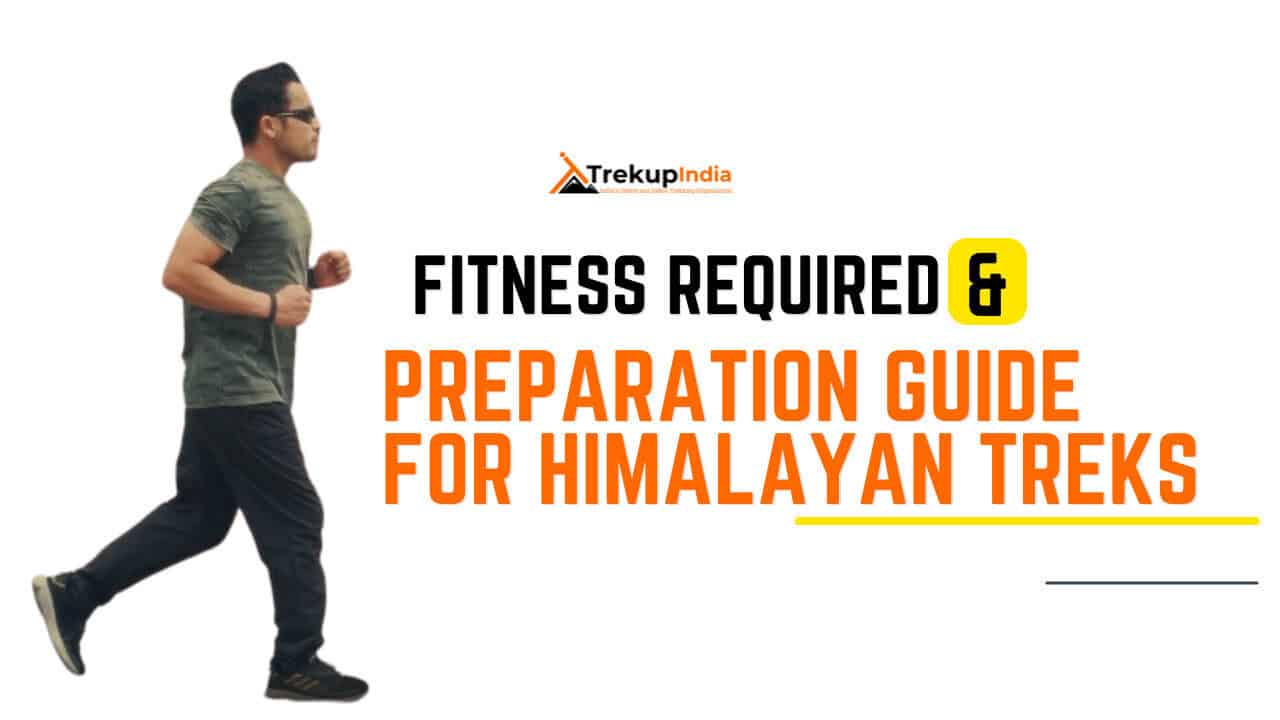
Fitness Target
Trekup India has put the Chadar Trek into an easy-to-moderate-grade-level trek.
For Difficult – Challenging Treks – In order to be well-prepared for your upcoming trek, it is recommended that you focus on building your endurance by aiming to cover a distance of 5.5 kilometers in less than 45 minutes. This will help you to develop the necessary stamina and strength required to successfully complete your journey.
How to Achieve This Fitness Target?
To start preparing for your trek:
- Try jogging for at least five days every week.
- If you find 5 km too difficult at first, begin with 2 km and gradually increase over 2-3 weeks.
- Once you feel more comfortable running 5 km, focus on improving your speed gradually on a daily basis.
It is important to ensure that you can consistently complete 4.5 km in under 40 minutes for at least two weeks before your planned trek. Allow yourself 6-8 weeks to prepare physically for the journey.
Strength Training exercises that benefit Trekking
Trekking is an activity that demands a good level of strength.

Trekking is a demanding activity that requires good cardiovascular endurance, muscular strength, and overall fitness. To help you prepare for your trek, incorporating bodyweight exercises into your training routine can be an effective way to build strength, improve stability, and enhance endurance, all of which are crucial for a successful trek. In this regard, here’s a breakdown of body weight exercises categorized by the specific body parts they target and the benefits they offer during trekking.
1. Lower Body Exercises
Lower body exercises like squats and lunges are great for building lower body strength, essential for trekking.
a. Squats
Squats are an excellent exercise for building lower body strength, essential for trekking. They target the quadriceps, hamstrings, glutes, and calves. Solid quadriceps and glutes provide power for ascending and tackling uphill climbs, while vital hamstrings aid stability during descents. This is particularly helpful in navigating uneven terrain during trekking.
How to perform Squats Exercises:
- Stand with feet shoulder-width apart, toes pointing slightly outward.
- Lower your body by bending your knees and hips, keeping your back straight.
- Lower until your thighs are parallel to the ground or as low as comfortable.
- Push through your heels to return to the starting position.
b. Lunges
Lunges target the quadriceps, hamstrings, glutes, and calves. They improve lower body strength, balance, and stability, crucial for maintaining control on rocky trails and steep slopes. Additionally, they enhance flexibility, reducing the risk of injury while trekking.
How to Perform Lunge Exercises:
- Stand with feet hip-width apart, hands on hips or sides.
- Take a step forward with one foot, lowering your body until both knees are bent at 90-degree angles.
- Push through the heel of your front foot to return to the starting position.
- Repeat on the other side, alternating legs.
2. Upper Body Exercises
Upper body exercises such as push-ups and pull-ups effectively strengthen the upper body, especially the chest and shoulders, which are essential for carrying a backpack during treks.
a. Push-Ups
Targets: Chest, shoulders, triceps, and core.
Benefits for Trekking: Push-ups are an effective exercise to strengthen the upper body, especially the chest and shoulders, essential for carrying a backpack during treks. Improved upper body strength will also help maintain posture and stability while traversing challenging terrain.
How to Perform Push-Ups Exercises:
- Start in a plank position with hands shoulder-width apart and body in a straight line from head to heels.
- Lower your body by bending your elbows until your chest nearly touches the ground.
- Push through your palms to return to the starting position.
- Keep your core engaged throughout the movement.
b. Pull-Ups/Bodyweight Rows:
Targeting the back, biceps, and shoulders can significantly benefit trekking. You can strengthen these muscle groups by performing pull-ups or bodyweight rows and improve your posture and balance while carrying a backpack. Additionally, more muscular back muscles can help reduce the risk of back strain and fatigue during long treks, making your journey safer and more comfortable.
3. Core Exercises
Core exercises like planks and Russian twists can help strengthen the core muscles, which are crucial for maintaining stability and balance while trekking on uneven terrain.
a. Planks
Targets: Abdominals, obliques, and lower back.
Benefits for Trekking: Planks are an effective exercise that helps strengthen the core muscles. These muscles are crucial for maintaining stability and balance while trekking on uneven terrain. A strong core also helps improve posture, reducing the risk of back pain and fatigue during extended hikes.
How to Perform Planks Exercises:
- Start in a plank position with elbows directly under shoulders and body in a straight line from head to heels.
- Engage your core and hold the position, avoiding sagging or arching the back.
- Keep breathing steadily and hold for the desired duration.
b. Russian Twists
Targets: Obliques, abdominals, and lower back.
Benefits for Trekking: Russian twists engage the core muscles, particularly the obliques, improving rotational stability and balance. Enhanced core strength helps prevent injuries and improves overall performance during trekking.
How to Perform Russian Twist Exercises:
- Sit on the ground with knees bent and feet flat, leaning back slightly to engage the core.
- Clasp hands together and twist the torso to one side, bringing the hands towards the ground beside the hip.
- Return to the centre, then twist to the other side.
- Continue alternating sides for the desired number of repetitions.
4. Full Body/Cardiovascular Exercises
Full-body/cardiovascular exercises like burpees and mountain climbers are excellent for improving cardiovascular endurance, strength, and agility.
a.Burpees
Burpees are an excellent full-body exercise that targets your legs, chest, arms, and core. This exercise dramatically benefits trekking enthusiasts, improving cardiovascular endurance, strength, and agility. Regularly incorporating burpees into your workout routine can enhance your overall fitness level, which can help you endure long hikes and rugged terrains with ease.
How to Perform Burpees Exercises:
- Start in a standing position.
- Squat down and place hands on the ground.
- Jump feet back into a plank position.
- Perform a push-up.
- Jump feet back to the squat position.
- Explosively jump up into the air, reaching overhead.
- Land softly and repeat the sequence.
b. Mountain Climbers
Mountain climbers target the core, shoulders, chest, and legs. This dynamic, full-body exercise can significantly improve cardiovascular endurance and agility. It is an excellent functional workout for trekking preparation as it engages both the upper and lower body muscles while strengthening the core muscles.
How to Perform Mountain Climbers Exercises:
- Start in a plank position with hands shoulder-width apart and body in a straight line from head to heels.
- Drive one knee towards the chest, then quickly switch legs, alternating in a running motion.
- Keep the core engaged and the hips stable throughout the movement.
- Continue at a moderate to fast pace for the desired duration.
Incorporating bodyweight exercises into your training routine can help you build strength and endurance and prepare your body for the physical demands of trekking. Consistency and proper form are crucial to maximizing the benefits of these exercises and ensuring a safe and enjoyable trekking experience. Engaging your core muscles, including obliques, abdominals, and lower back, with Russian twists can improve your rotational stability and balance, preventing injuries and enhancing overall performance during trekking.
When incorporating strength training exercises into your workout routine, it’s essential to maintain proper form and technique to avoid injury. Start with lighter weights and gradually increase the intensity as you progress, focusing on compound exercises targeting multiple muscle groups simultaneously. Some examples of practical strength training exercises for trekking include squats, lunges, deadlifts, and pull-ups.
Remember to give your muscles time to recover between workouts, and remember to stretch before and after your workouts to prevent injury and improve flexibility. Combining strength training with jogging and proper stretching allows you to take your fitness to the next level and confidently tackle even the most challenging treks.
Our Trekkers Reviews And Expreinces

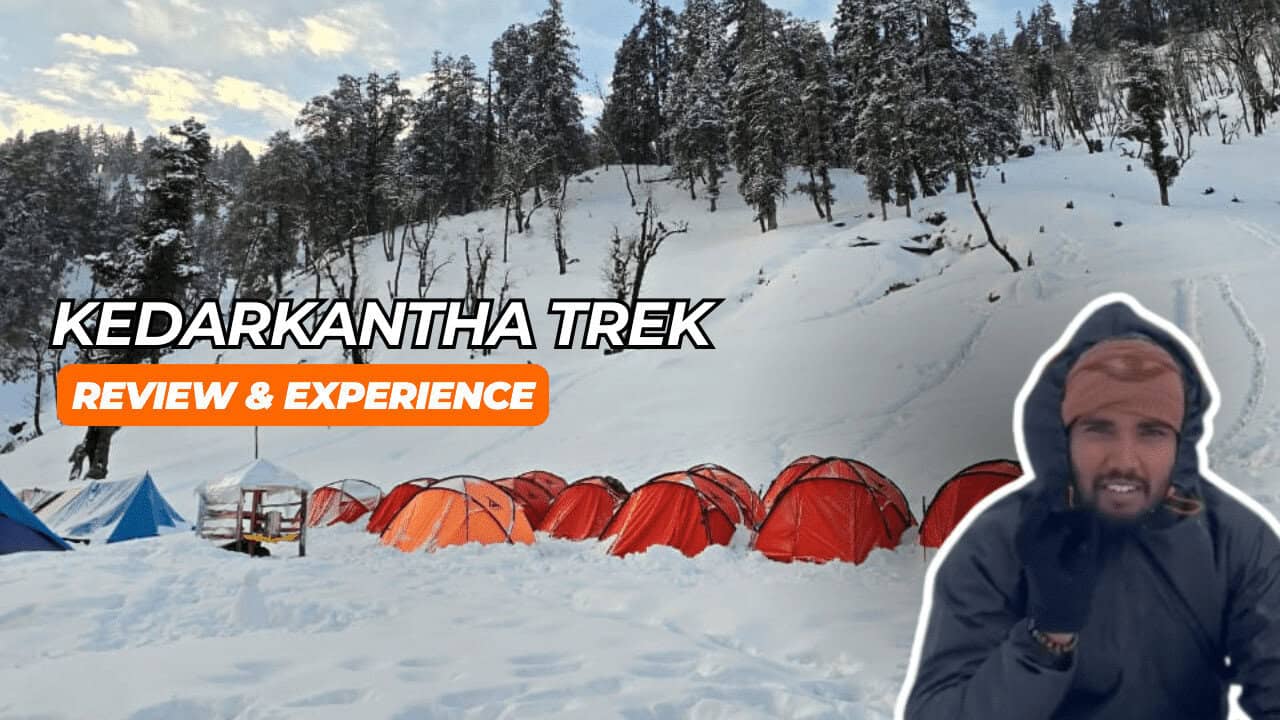


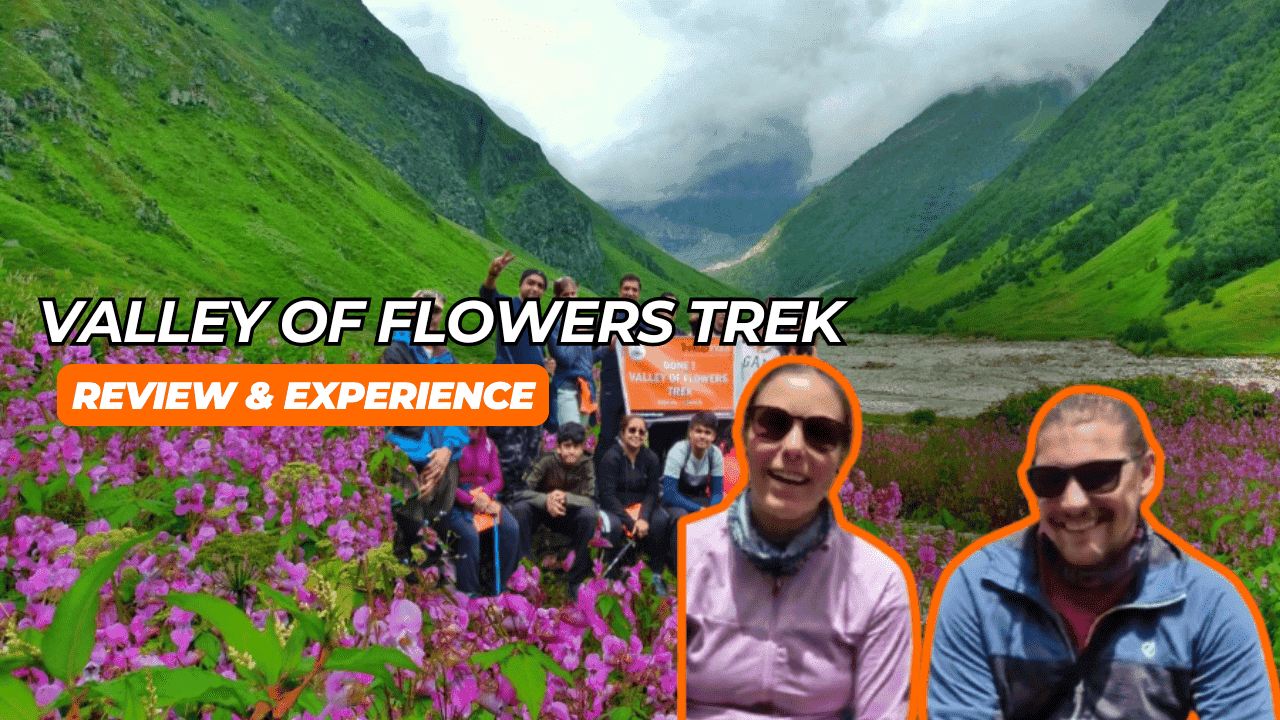

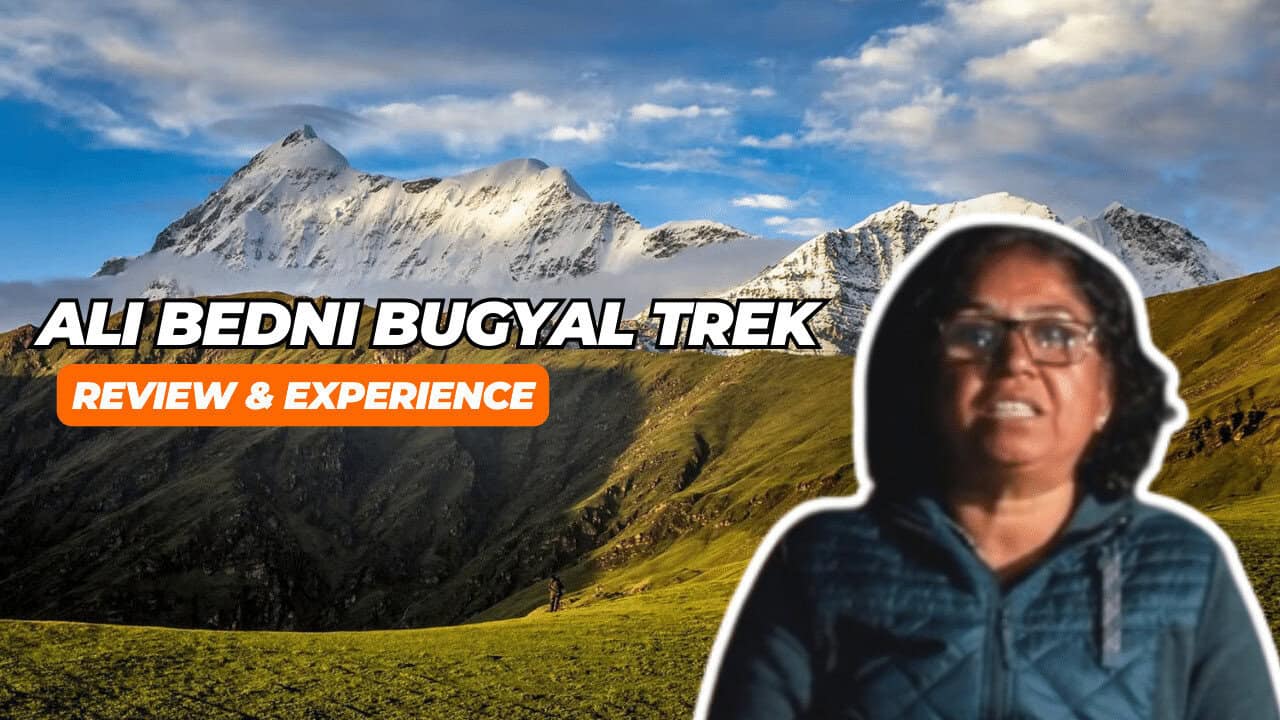
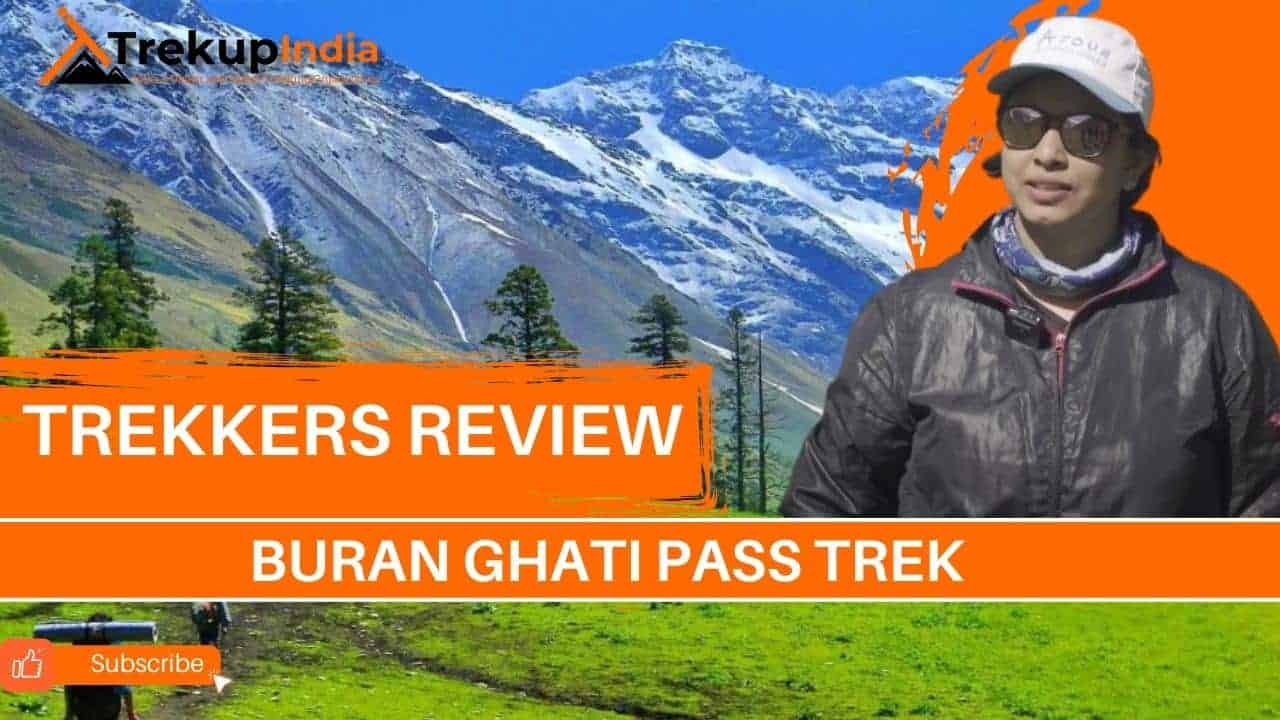
Food Provided by Us During Trek
We provide only Indian vegetarian food, and your meal will mainly consist of Indian bread, vegetables, lentils, rice, and a delicious dessert. During your trek, we will serve three meals a day, including breakfast, lunch, and dinner. You will also be served tea, snacks, and lip-smacking soup in the evening before dinner. If it is a long day of trekking, you will be given a packed snack.
After extensive research on the trekkers’ nutritional requirements, we prepare the menu. Before putting all the meals together, we also consider the altitude and the weather.
The meal we serve during the trek is perfectly balanced with calories, carbohydrates, vitamins, protein, fibre, and minerals. You need to know that all our cooks have great expertise in cooking and have undergone thorough training. So, get ready to enjoy delectable and lip-smacking dishes during your trek. You will be served with lemon tea in the tent to start your day with a refreshed feeling. Before leaving the campsite for trekking, you will be given a hot finger-licking breakfast like upma, Aallu Prantha, Besan Chilla, Poha, Daliya, Corn flakes, and Maggie, along with tea or coffee.
If your trek is longer, we also offer some fresh local fruits such as apples and healthy drinks like Frootie or Maaza. In the afternoon, you will be served a simple & healthy lunch, while at around 04:00 pm, you will be given tea and a light evening breakfast. After you reach your campsite at night, you will be served a hot and delightful dinner.
After reading this, you must have understood the food we provided on the trek; you don’t need to worry about food. Many trekkers repeatedly trek with us because of the food we provide. Thus, we will give you unforgettable experiences.
Safety During Chadar Trek
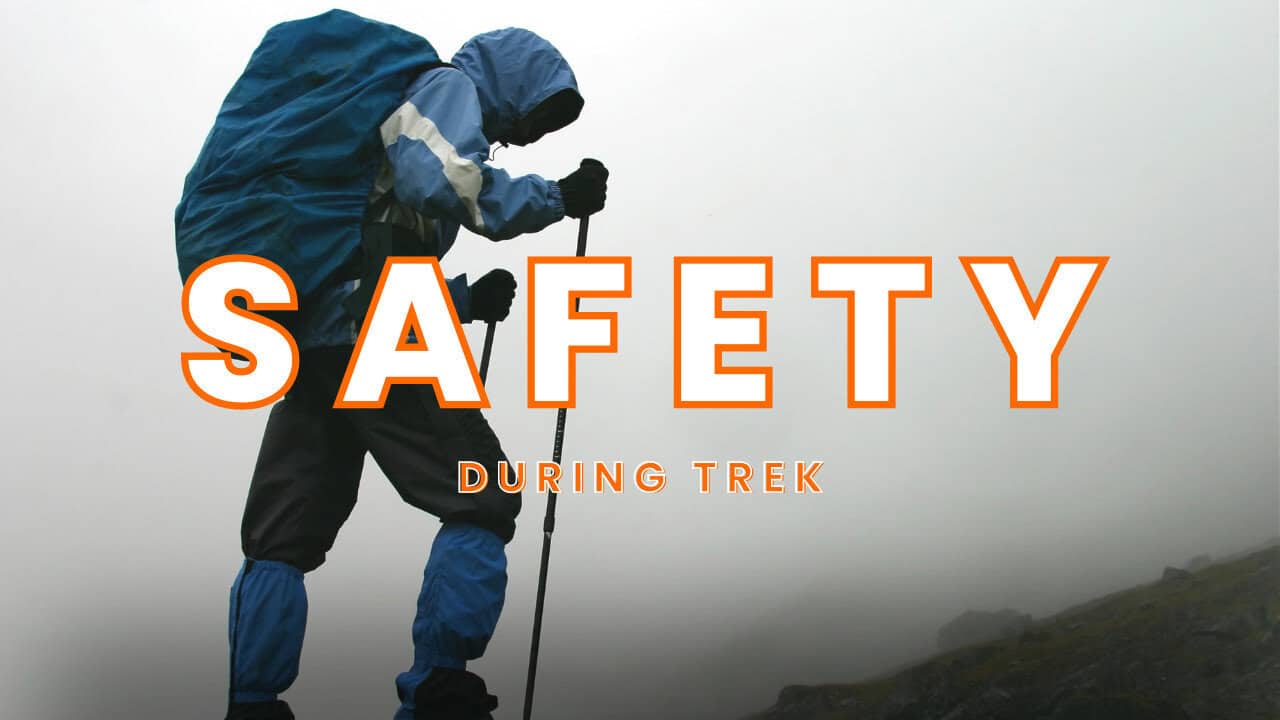
Trekking with us for the Chadar Trek is entirely safe because we have a team of trek leaders qualified in Wilderness first-aid and complete information about the high-altitude glitches. During the trek, we carry a full first-aid kit that contains all the essential medicines. Before trekking with us, you must ensure that you are medically fit for the trek; for us, your medical fitness is more important than anything else.
Right from our establishment, we at Trekup India have been continuously introducing new safety practices into Indian trekking to ensure the safety of voyagers. Trekup India introduced microspikes and made emergency bottled oxygen mandatory for all treks. Our trek leaders take your daily Pulse oximeter reading. We at Trekup India introduced the radio walkie-talkie as a safety communication device.
How can we ensure that your trek is safe with us?
We have noticed that most trek-organizing organizations do not follow these systems, but with time, they are following us; several competing companies are adopting these practices and organizing great, safe treks.
We ensure complete technical safety in the mountain. Our company has a vast team of more than 100 guides and trek leaders who serve on Himalayan treks. One of the best things about our team is that all the members are trained professionally by the Nehru Institute of Mountaineering, Indian Mountaineering Foundation Delhi, and Hanifle Center Outdoor Education Mussoorie.
Explore our New Safety Protocols
To ensure a perfect Trek, we have introduced some new safety checks to ensure excellent safety for our trekkers.
Our On-trek safety checks include:
- Daily oxygen saturation, along with pulse readings
- Stretchers team appointed on every trek
- Radios
- Trained mountain staff and complete safety
- Additional oxygen cylinders
- Special medical kit for high-altitude treks
- Microspikes on all types of snow treks
- Experienced Trek leaders, as well as safety
- Technical team on all snowy slopes
For Us, Your Safety Is the Top Priority
At Trekup India, you will find a team with local knowledge and fluency in English and Hindi. This helps ensure that you have a fantastic trek. Not only this, but we also pay attention to your health and safety because this is something we cannot ignore. All the team leaders involved in trekking have already undergone several professional courses in first aid, portable altitude chamber training, CPR, environmental awareness training, and advanced wilderness emergency medicine.
We also carry a complete first aid medical kit on every trek and trip we organize. Apart from the medical kit, we take a portable altitude chamber (if needed) and medical oxygen for all high-altitude treks. Our company has significant expertise in organizing all sorts of group adventure holidays for family groups, school and college groups, and friend groups. We have many travel options that suit different fitness levels and travelling styles.
Regardless of the group size, we value each and every member of our trekking groups. Our commitment to personal attention ensures that your needs and safety are always our top priority.
Who we are?
Trekup India has been a stalwart in the Adventure Tourism industry for 30 years. Since our inception, we have been dedicated to providing top-notch treks, voyages, trekking programs, and high-altitude expeditions. Our extensive experience is a testament to our commitment to your adventure and safety.
We organize treks in Uttarakhand, Kashmir, Sikkim, and Himachal while being part of the trekking community; we feature more than 75 documented Himalayan treks. In addition to other outdoor activities, our company also organizes trips for schools, colleges, and families.
Therefore, we maintain the quality of services offered to our valuable customers.
Must Read These Information Of Chadar Trek
Best time to do Chadar Trek
The Chadar Trek, situated in the Indian Himalayas, is a thrilling and demanding winter trek renowned for its frozen river trail. The optimal time to undertake this trek is during winter, specifically from mid-January to mid-February, when the Zanskar River freezes over, creating a unique and breathtaking landscape.
During this period, the weather conditions are ideal for forming a thick layer of ice on the river, making it safe for hikers to traverse. The frozen river presents a striking visual display, with towering rock formations and ice structures contributing to the dramatic scenery.
It’s important to note that attempting the Chadar Trek outside of these winter months can be perilous due to unstable ice conditions and the risk of avalanches. Therefore, planning the trek during the recommended time frame is vital to ensure a secure and enjoyable experience.
In addition to the weather and safety considerations, trekking during the winter months also enables adventurers to observe the distinctive cultural traditions of the local Zanskari people, who utilize the frozen river as a crucial trade and travel route during this season.
In conclusion, the optimal time to undertake the Chadar Trek is from mid-January to mid-February, when the Zanskar River is reliably frozen. This offers adventurers a once-in-a-lifetime opportunity to traverse this magnificent frozen landscape.
How Difficult is the Chadar Trek
The Chadar Trek is widely considered challenging due to its extreme weather conditions, physical endurance requirements, and technical aspects of traversing a frozen river. One of the primary difficulties of the Chadar Trek is the frigid climate, with temperatures often dropping well below freezing. Trekkers must be prepared to withstand these harsh conditions, which can pose significant challenges to their physical and mental well-being.
Additionally, the terrain itself presents its own set of challenges. Hiking along the frozen river requires careful navigation, as the ice can be unstable in certain areas. Trekkers must be cautious and skilled in negotiating the icy surfaces to avoid accidents.
Moreover, the region’s altitude adds to the difficulty level. The trail reaches elevations over 11,000 feet; altitude sickness can concern those not acclimatized to such heights. Trekkers must acclimate adequately and be aware of the symptoms of altitude sickness to ensure their safety.
Furthermore, the unpredictable nature of the frozen river adds an element of risk to the trek. Changes in weather conditions and the stability of the ice can affect the safety of the trail, requiring trekkers to stay vigilant and adaptable throughout the journey.
In conclusion, the Chadar Trek is undeniably challenging, demanding physical fitness, mental resilience, and the ability to cope with extreme cold and rugged terrain. However, for those who are well-prepared and up for the challenge, the trek offers an unforgettable and rewarding experience amidst the breathtaking winter landscape of the Indian Himalayas.
Frequently Asked Questions About Chadar Trek
What is the ideal time to embark on the Chadar Trek?
The ideal time for the Chadar Trek is in January and February, when the river is sufficiently frozen to accommodate trekkers safely.


